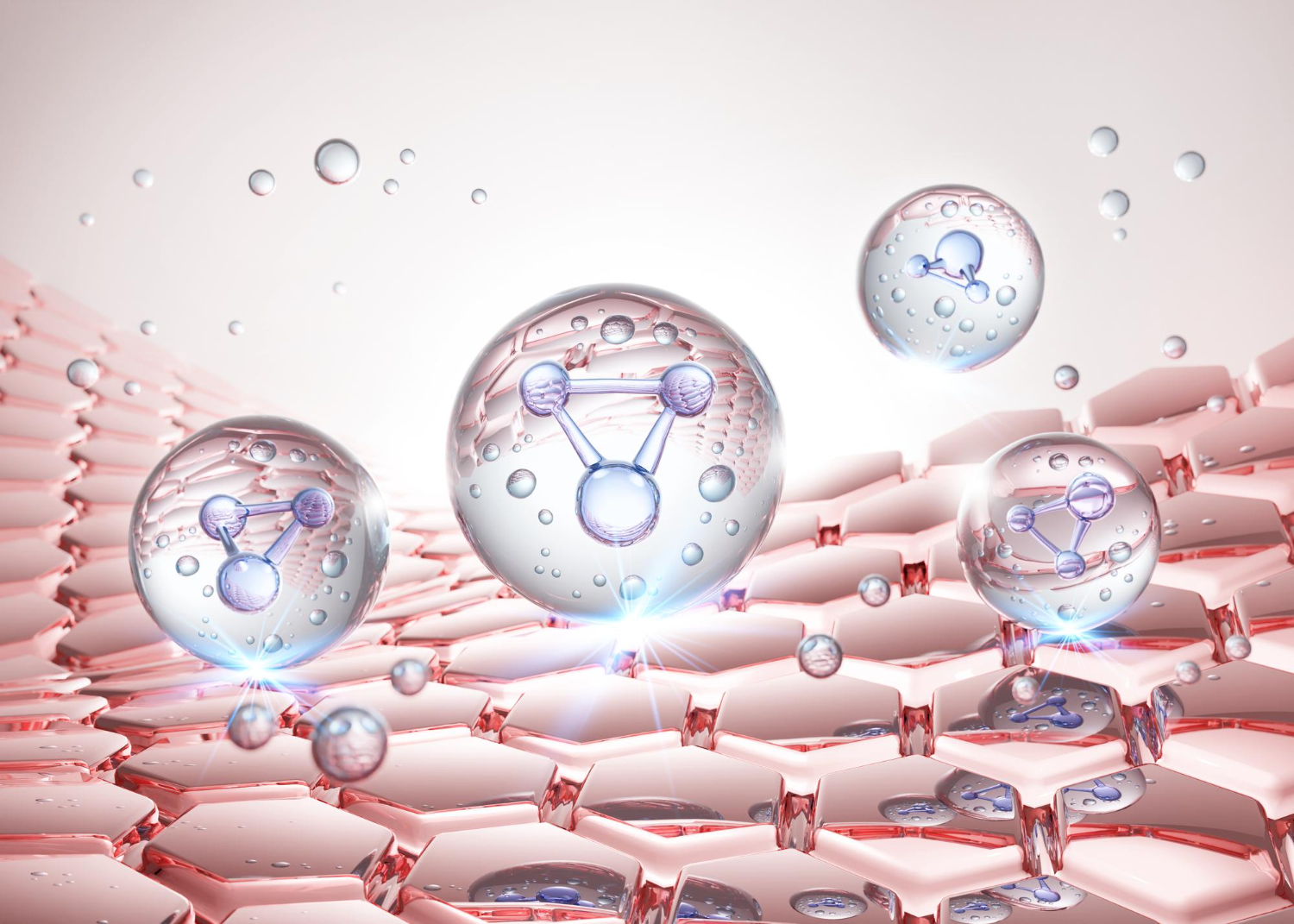Regenerative Medicine


What Is Regenerative Medicine?
Regenerative medicine is a cutting-edge field of healthcare that focuses on restoring structure and function of damaged tissues or organs by stimulating the body’s own healing processes. Rather than masking symptoms, regenerative therapies aim to repair the root cause of disease or degeneration—often using your body’s natural components like cells, growth factors, and proteins.
At Fresh Mediq Global Clinic, we combine scientific precision with holistic care to offer evidence-based regenerative treatments that support healing, slow aging, and improve your quality of life.

How Does It Work?
Regenerative therapies work through three main mechanisms:
- Cellular Repair: Using stem cells or fibroblasts to regenerate tissue at the cellular level.
- Signal Molecules: Using PRP or exosomes to send growth signals and reduce inflammation.
- Biological Scaffolding: Supporting the body with a healing framework for new tissue growth.
These therapies help activate self-repair mechanisms, reduce chronic inflammation, improve blood supply, and stimulate collagen, cartilage, or neural tissue regeneration—depending on the condition treated.
What Treatments Are Offered?
At Fresh Mediq Global Clinic, our regenerative offerings include:
- Platelet-Rich Plasma (PRP) – concentrated growth factors from your own blood
- Platelet-Rich Fibrin (PRF) – slow-release fibrin matrix with stronger healing potential
- Autologous Fibroblast Injections – collagen-producing cells cultured from your own skin
- Mesenchymal Stem Cell Therapy (MSCs) – tissue repair and immune modulation
- NK Cell Therapy (Natural Killer Cell Immunotherapy) – Boost Your Body’s Frontline Defense with Advanced Cell Therapy
- Organopeptide Therapy – Precision Organ Support Through Advanced Peptide Science
- Exosome Therapy – next-generation cell-free signaling particles for rejuvenation
- Bioregenerative IV Drips – support from inside out with NAD+, amino acids, and vitamins
- Facial Design
- Focus Shockwave
- High Intensity Laser
- Hair Removal
- Blood Test
Each treatment is tailored based on your health goals, lab results, and medical condition.
What Can It Treat?
Regenerative medicine can be used to treat, prevent, or improve the following conditions:
- Osteoarthritis, joint pain, and sports injuries
- Skin aging, wrinkles, and acne scarring
- Hair thinning and alopecia
- Erectile dysfunction
- Nerve injury or neuropathy
- Chronic fatigue or hormonal decline
- Autoimmune and inflammatory disorders
- Liver and organ health optimization
Who Is a Good Candidate?
You may be a good candidate if you:
- Want a non-surgical, natural healing approach
- Experience chronic joint pain, fatigue, or aging symptoms
- Have failed conventional treatments or prefer drug-free solutions
- Are committed to follow-up and lifestyle support
- Seek long-term regenerative results rather than temporary fixes
Contraindications and risks will be assessed during consultation and lab analysis.
What to Expect: The Treatment Journey
- Medical Consultation & History Review
- Advanced Lab Testing & Imaging (if needed)
- Treatment Planning Based on Condition & Goals
- Procedure Performed in Clinic with Sterile Protocols
- Post-Treatment Instructions & Regeneration Support
- Follow-Up Monitoring and Lab Re-evaluation
We may also recommend combining regenerative medicine with IV therapy, HRT, peptides, or functional nutrition to maximize outcomes.
Is It Safe?
All our regenerative therapies follow strict Thai FDA, international, and GMP standards.
We use autologous (from your body) or ethically sourced biologics from certified medical labs. Risks like infection, inflammation, or overreaction are minimized with screening and experienced medical handling.
Feel Free to Contact us